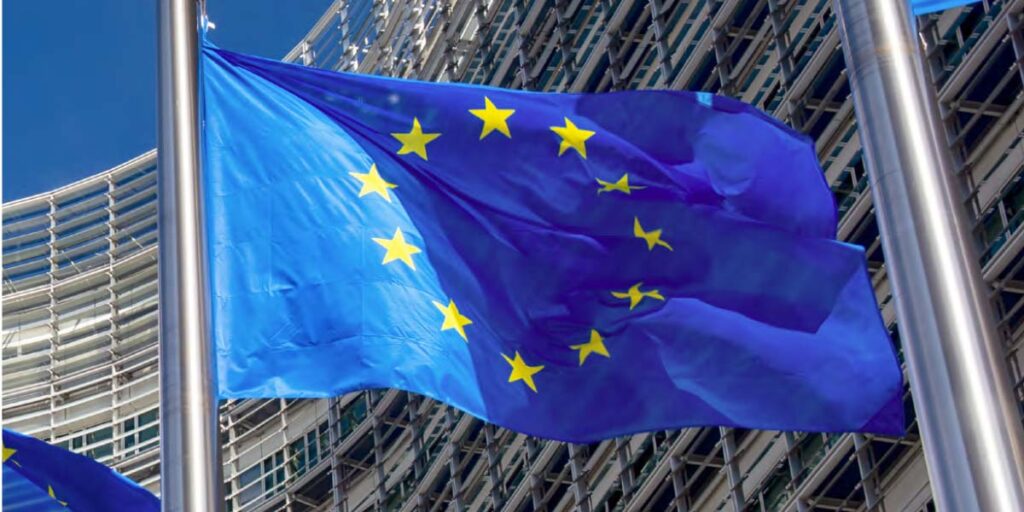Portland’s Sophie Middlemiss identifies improved trends in how they communicate.
The work that multilateral organisations do deserves our attention. From peacekeeping in Cote d’Ivoire to humanitarian relief in Haiti, these complex entities are enormously important players on the global stage. But their external communications don’t always do them justice. At their worst, they are slow-moving, unimaginative and opaque.
To be fair, multilaterals face in-built communications challenges. They need to project a coherent image and consistent messages across the world, yet be sensitive to local issues in the countries where they work. All this without playing it so safe that their communications become irredeemably dull. But the need to convince publics as well as elites of the value of what they do will only grow if they are to maintain support, funding and credibility in an age of increased scrutiny and demand for Value for Money.
The last 10-15 years have brought two key learning curves: first, from Kosovo 1999 to Libya 2011, the need for coordination and sensitivity when communicating in the heat of conflict, and second, the need for speed in communications in light of the rise of digital. In times of crisis, as former BBC World news anchor Nik Gowing recently argued in his book Skyful of Lies and Black Swans, governing institutions like governments and multilaterals must get into the media space fast, and there is no room for mistakes once there.
From these experiences, four lessons emerge for multilateral organisations. They are most sharply brought into focus by conflict situations, but always relevant to communicating with impact.
First, sort your internal structures and processes.
Multilaterals tend to be sprawling organisations, with tens or hundreds of regional and country offices. With all these internal stakeholders to consider, the communications machine can become slow to react. So sorting out internal structures and processes is key. Particularly important are agreed messaging that is then operationalised, not just signed off, and a strong central coordination function.
Until Alastair Campbell was summoned to NATO’s Brussels HQ by Blair to knock their communications into shape during the Kosovo campaign in 1999, military communications took five hours plus to come through and were stale by the time they got to NATO press conferences, leaving Milosevic’s Serbia free to set the news agenda. Campbell and his team, including Portland’s Martin Sheehan, turned the situation around. They set up regular calls to coordinate messaging between all key national and institutional spokespeople and created a Media Operation Centre specializing in rapid rebuttal, generating lines to take and crafting op-eds.
According to one White House official at the time, “The fact that we were successful in our media operation ultimately led Milosevic to capitulate”, as reports of NATO successes came thick and fast. Belgrade hackers managed at one stage to slow the NATO website to a standstill – a palpable hit, but they lost the information war.
Second, be seen to be open and accessible.
Multilaterals are now – rightly – under more pressure than ever to be accountable, transparent and open. The DFID Multilateral Aid Review, which reported in March 2011, found that the UN and other humanitarian agencies were “weak” on measures of accountability and transparency. The World Bank meanwhile is setting the standard: under its new Access to Information policy, introduced in June 2010, it has already uploaded more than 18,000 documents onto its website.
Finding the line between disclosure and discretion is often delicate, but when expertly done, a feat of diplomatic finesse. UN press conferences make a fascinating read, as Martin Nesirky, a Brit and spokesperson for UN Secretary-General Ban Ki Moon, fields tricky questions from journalists expertly (“Well, I think we must be speaking past each other, Khaled, because it’s obvious that the Secretary-General would condemn the death of any civilians – that’s obvious.”)
Third, be attuned to local sensitivities – but avoid becoming so neutral it’s dull.
In post-conflict or politically fragile countries, being seen to be even-handed is critical, and a slip of the tongue that seems to favour one side over another will be gleefully reported by local media. The tricky bit is ensuring that being careful about local sensitivities doesn’t force you back on neutral, technocratic communications that avoid offending anyone, but engage no-one.
Less ‘mediated’ impressions, like perceptions of staff, matter a lot ‘in the field’ too. Staff at the UN and OSCE missions in the Balkans, working in military-style compounds and driving around in bulletproof branded jeeps, are accused of being distant outsiders, even neo-colonialists, cloistered away from on-the-ground reality. The anti-UN riots in Haiti in 2010, driven by claims the UN’s international staff were responsible for the cholera epidemic, were just the latest in a long line of riots and protests against the international community. Better relations can be nurtured by housing staff among local communities instead of luxury apartments or gated compounds, giving intensive language training and limiting their freedom of movement only as much as is absolutely necessary.
Finally – agility is key.
The communications landscape is changing fast. Lessons learnt will need to be revised a few years later. NATO’s approach to communicating the Libya campaign underlines how much things have changed since the daily Jamie Shea briefings to the press corps on Kosovo in 1999. Press briefings on Libya at NATO HQ are half-empty now, thanks to tighter media budgets, remote access to information and NATO’s increased focus on Arabic media. Meanwhile, NATO Secretary-General Rasmussen is updating his blog, Facebook page and Twitter feed with new information on Libya regularly. @AndersFoghR: “Time is up for the Qadhafi regime. Time for the Libyan people to shape a new future, a future free from fear”, a 13 May tweet reads.
To be effective communicators in a complex world, multilaterals must be fast to act, internally coordinated, visibly open and culturally sensitive. Many still need to sharpen up their act.






